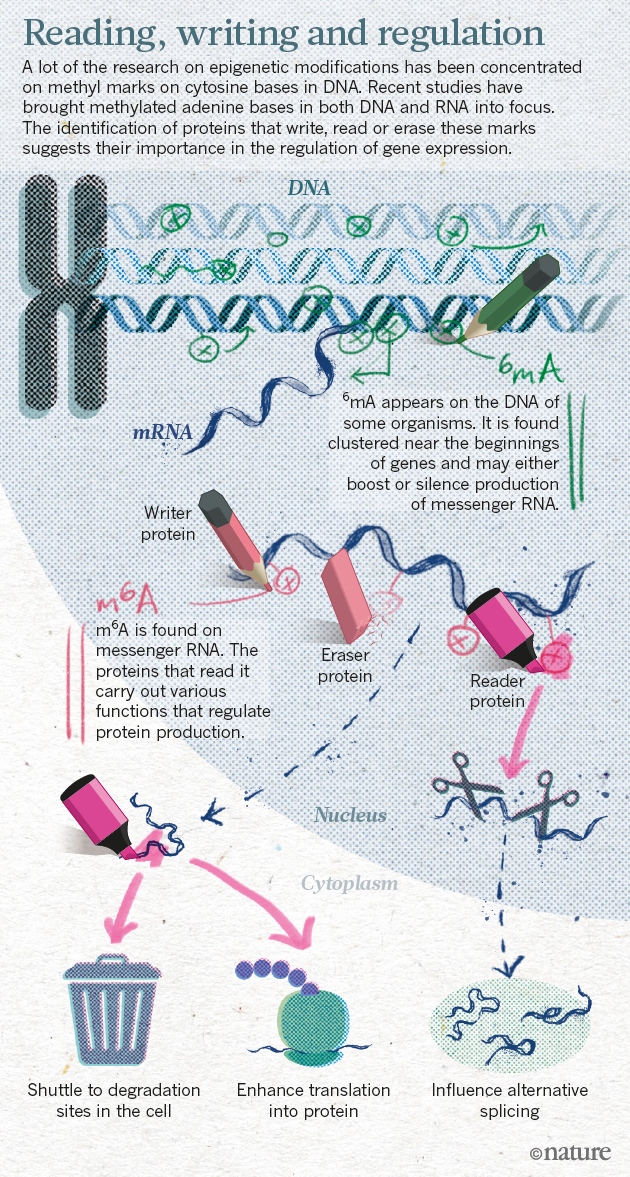This is one of the most challenging questions nowadays. Anthony Culyer sheds light n this difficult issue in a recent article applied for cancer care. These are his nine arguments:
Argument 1: the whole health maximisation assumption underlying the approach is misconceived. health care is about more than just promoting health. Other objectives commonly include financial protection (e.g. from the out-of-pocket expenseof costly interventions), innovation, and all those listed earlier
Argument 2: innovation is stifled by the strict application acost-effectiveness threshold that is too low
Argument 3: the use of standard outcome measures, like theEQ-5D QALY or averted DALYs, underestimates the health benefits of cancer treatments
Argument 4: the assessment of benefit excludes the beneficial effects that treatment and its consequences have on those who care for cancer patients
Argument 5: the opportunity cost argument is weak. There are always efficiency savings that can be found in any systemwhich mean that the alleged sacrifice of health represented by the threshold is spurious. the actual sacrifice is much smaller
Argument 6: cancer is a scary disease and people who suffer from it deserve to have access to treatments that would fail aconventional cost-effectiveness test
Argument 7: for some cancer patients a costly and not very effective treatment may offer a “last chance” to someone in despair. such a situation might exist if no intervention of any kind existed for these patients or if the patient suffered from a rare form of cancer
Argument 8: cancer is a “severe” disease and should accordingly be given a higher priority than less severe diseases
Argument 9: many cancer patients have a short life expectancy even with treatment. a quasi-utilitarian argument might cite the law of diminishing marginal value: even small gains for such people are to be valued more highly than the same gains of equivalent quality of life for people with an already long expectation of life. alternatively, there is the more direct emotional appeal “Our moral response to the imminence of death demands that we rescue the doomed proof"
These arguments fall into two broad groups. Some are questionsof social value: how should we value health gains of particular kindsand should we value them differently according as they accrueto different people? Others are questions of fact: would informa-tion about the quantitative size of the effects in question lead us to conclude that cancer is indeed a special case? The burden of proof in both cases lies with those making the assertion that cancer is, indeed, special. That burden of proof is not impossible to bear.Is cancer a special case? The question may apply to many diseases and will provide more difficulties than answers. In the end any analysis relies on distributive justice principles and according to different views you'l apply different prioritisation criteria.
PS. The article was published in a cancer journal. I was surprised by the new perspective by Tony Culyer.
PS. What do you think about a new cancer inmunotherapy service that may cost $750.000???
Le Corbusier Guitariste (1960)





